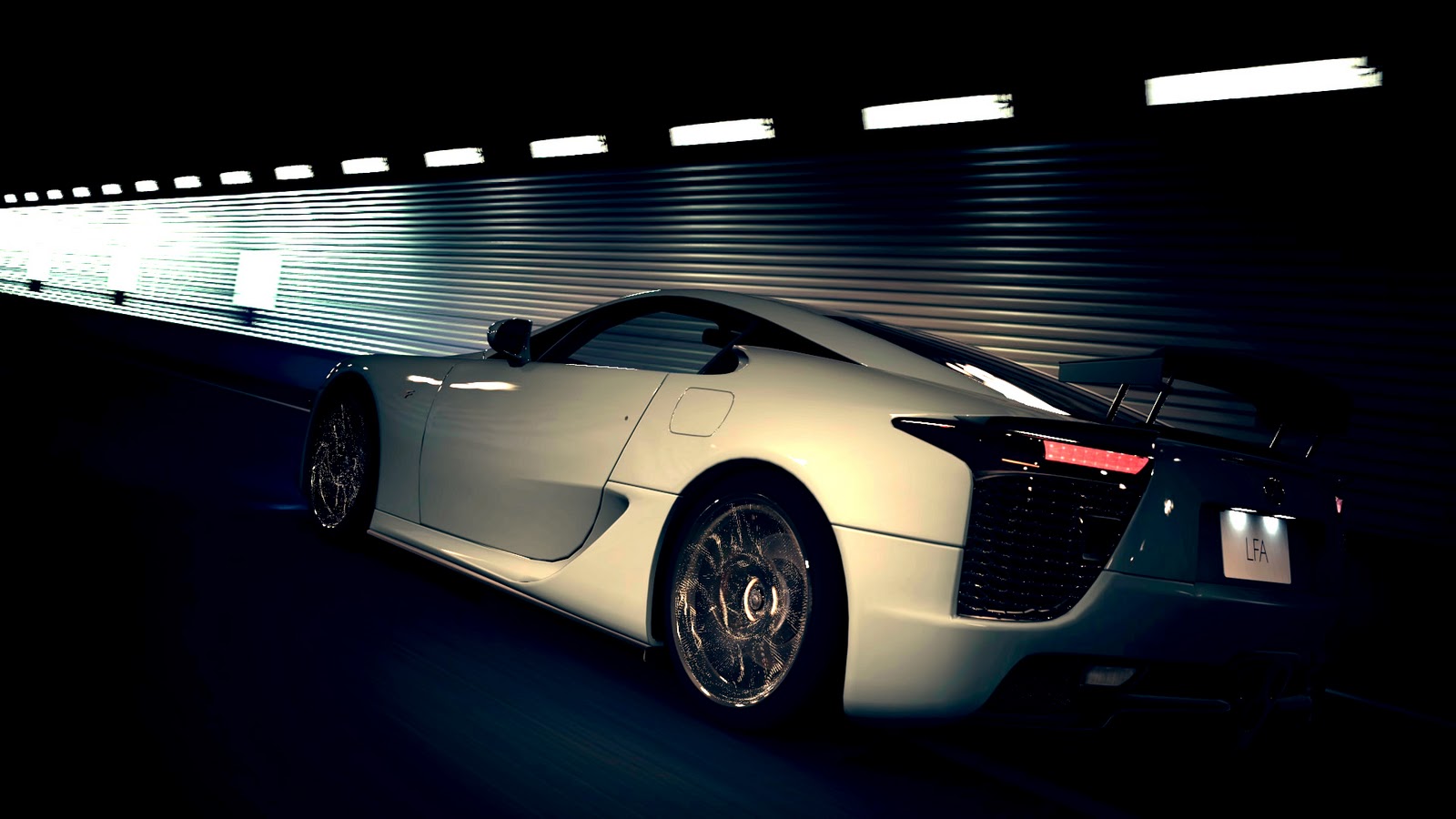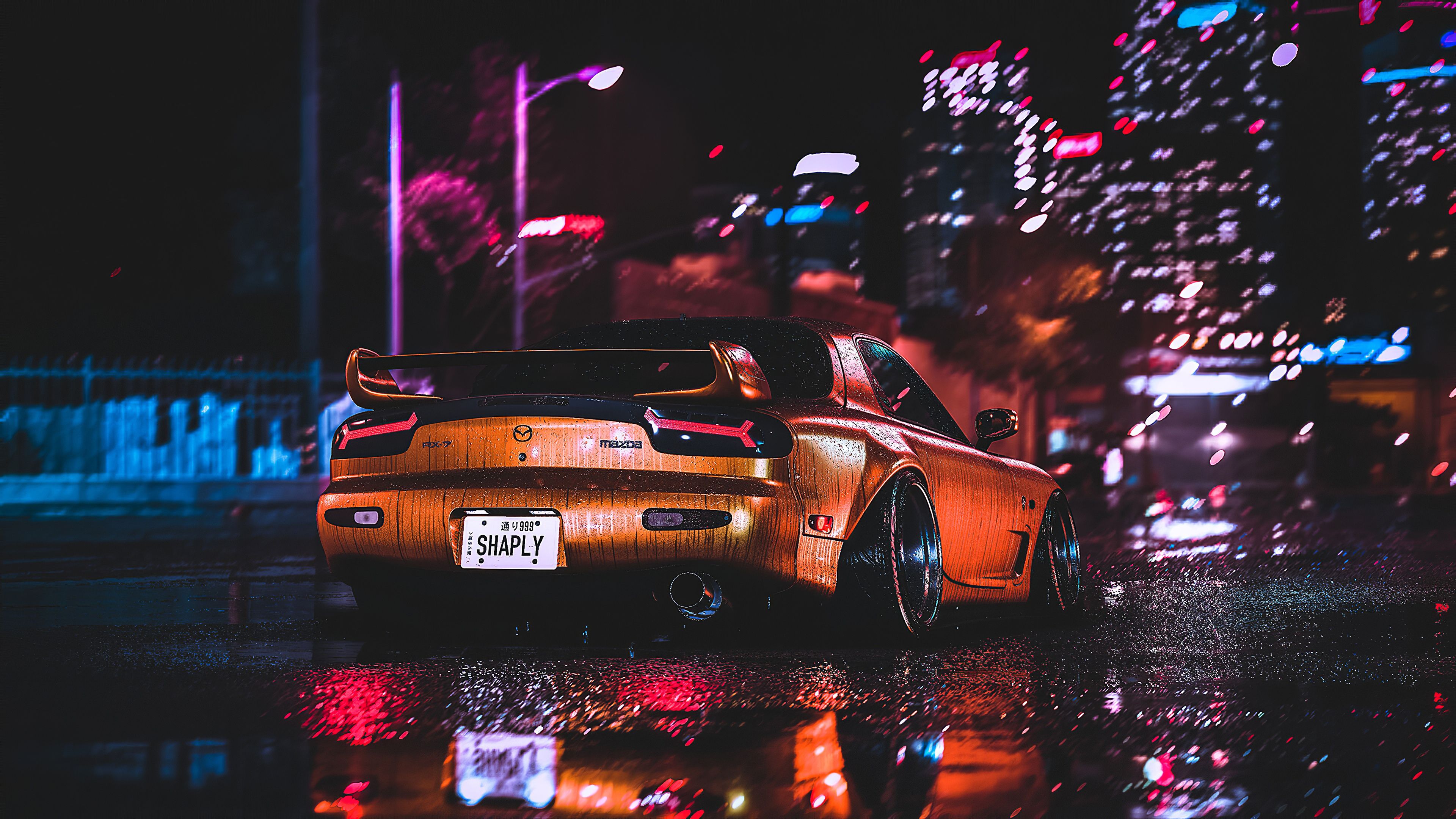
What is JDM? While most know that the abbreviation stands for Japanese Domestic Market, few understand the difference between a Honda in Japan and a Honda selling in the US. Because there is a difference in just about everything speed, power, handling and of course, safety and reliability. Not to say that the Japanese are selling unreliable cars in the US, because they aren't. It's just that the Japanese tend to hold themselves to a higher standard so their cars, the ones sold only in Japan, tend to be better. Also, the sheer power of a JDM car, and its modularity that allows you to build upon it, are unmatchable. There are reasons why the JDM car is so much in demand, and a lot of it stems from details most don't know. So here are 15 things you may not have known about JDM cars, and why you should care about facts over fiction. This website is for all you car enthusiasts that are crazy about JDM power! Keep scrolling to look at information on some of your favorite vehicles created and information how building the perfect JDM car!

The history of Toyota started in 1933 with the company being a division of Toyoda Automatic Loom Works devoted to the production of cars under the direction of the founder's son, Kiichiro Toyoda.Toyota Motor Corporation is a Japanese multinational automotive manufacturer headquartered in Toyota City, Aichi, Japan. It was founded by Kiichiro Toyoda and incorporated on August 28, 1937. Toyota is one of the largest automobile manufacturers in the world, producing about 10 million vehicles per year. As the world's second-largest automobile manufacturer, Toyota in the last handful of years has seemingly reaffirmed its commitment to making fun cars for enthusiasts while trying to satisfy every other kind of vehicle user. They made their Japanese motorsports arm Gazoo Racing an international household name with the return of the Supra in 2019, and more recently the GR Yaris, not to mention their next 86 FR coupe will be a GR, so it would appear the OEM is indeed striving to get its groove back.
As much as we're happy about that, though, you know our soft spot is for the Toyotas that used to be, like the Supra and Corolla of old, and the vans, wagons, and other various JDM fare we didn't/don't get here in the U.S. And it seems like you feel the same way, too.Bitten by the curiosity bug to see which of our Japanese Toyota feature stories have been the most popular over the years, we weren't surprised one bit at what the numbers showed when they came back, with one exception: we probably wouldn't have guessed a HiAce van to be in the lead spot. The rest is pretty dead on - a couple of Supra, AE86 and other Corolla chassis, a Mark II and more modern 86, even a JGTC-era GT300-class MR-S from almost two decades ago. The entire J-spec Toyota roundup is below, with photos, short descriptions and links out to respective stories a bit further down - let's go places!
Subaru is the automobile manufacturing division of Japanese transportation conglomerate Subaru Corporation (formerly known as Fuji Heavy Industries), the twenty-first largest automaker by production worldwide in 2017. Subaru cars are known for their use of a boxer engine layout in most vehicles above 1500 cc. The Symmetrical All Wheel Drive drive-train layout was introduced in 1972. Both became standard equipment for mid-size and smaller cars in most markets by 1996. The lone exception is the BRZ, introduced in 2012 via a partnership with Toyota, which pairs the boxer engine with rear-wheel-drive. Subaru also offers turbocharged versions of their passenger cars, such as the WRX, Legacy and Outback XT, Ascent, and formerly the Legacy GT and Forester XT. In Western markets, Subaru vehicles have traditionally attracted a small but devoted core of buyers. The company's marketing targets those who desire its signature engine and drive train, all-wheel drive and rough-road capabilities, or affordable sports car designs. Subaru is the Japanese name for the Pleiades star cluster M45, or the "Seven Sisters" (one of whom tradition says is invisible (hence only six stars in the Subaru logo), which in turn inspires the logo and alludes to the companies that merged to create FHI.
Honda Motor Company is a Japanese public multinational conglomerate manufacturer of automobiles, motorcycles, and power equipment, headquartered in Minato, Tokyo, Japan. Honda has been the world's largest motorcycle manufacturer since 1959,reaching a production of 400 million by the end of 2019, as well as the world's largest manufacturer of internal combustion engines measured by volume, producing more than 14 million internal combustion engines each year. Honda became the second-largest Japanese automobile manufacturer in 2001. In 2015, Honda was the eighth largest automobile manufacturer in the world. Honda was the first Japanese automobile manufacturer to release a dedicated luxury brand, Acura, in 1986. Aside from their core automobile and motorcycle businesses, Honda also manufactures garden equipment, marine engines, personal watercraft, power generators, and other products. Since 1986, Honda has been involved with artificial intelligence/robotics research and released their ASIMO robot in 2000. They have also ventured into aerospace with the establishment of GE Honda Aero Engines in 2004 and the Honda HA-420 HondaJet, which began production in 2012. Honda has two joint-ventures in China: Dongfeng Honda and Guangqi Honda. In 2013, Honda invested about 5.7% (US$6.8 billion) of its revenues into research and development. Also in 2013, Honda became the first Japanese automaker to be a net exporter from the United States, exporting 108,705 Honda and Acura models, while importing only 88,357.
The name Nissan originated in Japan, when founder Yoshisuke Aikawa became president of Nihon Sangyo in 1928. Primarily dealing in foundries and auto parts, Nihon Sangyo debuted on the Tokyo Stock Exchange by its ticker name NISSAN in 1933. Nissan expanded beyond its Japanese roots from there, and officially came to the U.S. as Datsun in 1958. Nissan produced its first cars at the flagship Nishi-ku, Yokohama headquarters in 1935. Nissan showcased its first Datsuns (a 1000 cc car and truck) at the 1959 Los Angeles Auto Show. To keep up with global demand, Nissan started production in Mexico in 1966. Production in Australia and Taiwan followed, with the first American factory opening in Smyrna, Tennessee, in 1983.
Nissan Motor Co. is a Japanese multinational automobile manufacturer headquartered in Nishi-ku, Yokohama, Japan. The company sells its vehicles under the Nissan, Infiniti, and Datsun brands, with in-house performance tuning products (including cars) labelled Nismo. The company traces back to the beginnings of the 20th century, with the Nissan zaibatsu, now called Nissan Group. Since 1999, Nissan has been part of the Renault–Nissan–Mitsubishi Alliance (Mitsubishi joining in 2016), a partnership between Nissan and Mitsubishi Motors of Japan, with Renault of France. As of 2013, Renault holds a 43.4% voting stake in Nissan, while Nissan holds a 15% non-voting stake in Renault. Since October 2016 Nissan has held a 34% controlling stake in Mitsubishi Motors. In 2013, Nissan was the sixth largest automaker in the world, after Toyota, General Motors, Volkswagen Group, Hyundai Motor Group, and Ford. Taken together, the Renault-Nissan Alliance was the world's fourth largest automaker.[citation needed] Nissan was the leading Japanese brand in China, Russia and Mexico. In 2014, Nissan was the largest car manufacturer in North America.
Beginning in the 1960s, Mazda was inspired by the NSU Ro 80 and decided to put a major engineering effort into development of the Wankel rotary engine as a way of differentiating itself from other Japanese auto companies. The company formed a business relationship with German company NSU and began with the limited-production Cosmo Sport of 1967, and continuing to the present day with the Pro Mazda Championship, Mazda has become the sole manufacturer of Wankel-type engines for the automotive market, mainly by way of attrition. (NSU and Citroën both gave up on the design during the 1970s, and prototype Corvette efforts by General Motors never made it to production.) This effort to bring attention to itself apparently helped, as Mazda rapidly began to export its vehicles. Both piston-powered and rotary-powered models made their way around the world. The rotary models quickly became popular for their combination of good power and light weight when compared to piston-engined competitors that required heavier V6 or V8 engines to produce the same power. The R100 and the RX series (RX-2, RX-3, and RX-4) led the company's export efforts.
Mazda's rotary success continued until the onset of the 1973 oil crisis. As American buyers (as well as those in other nations) quickly turned to vehicles with better fuel efficiency, the relatively thirsty rotary-powered models began to fall out of favor. Combined with being the least-efficient automaker in Japan (in terms of productivity), inability to adjust to excess inventory and over-reliance on the U.S. market, the company suffered a huge loss in 1975. An already heavily indebted Toyo Kogyo was on the verge of bankruptcy and was only saved through the intervention of Sumitomo keiretsu group, namely Sumitomo Bank, and the company's subcontractors and distributors. However, the company had not totally turned its back on piston engines, as it continued to produce a variety of four-cylinder models throughout the 1970s. The smaller Familia line in particular became very important to Mazda's worldwide sales after 1973, as did the somewhat larger Capella series.